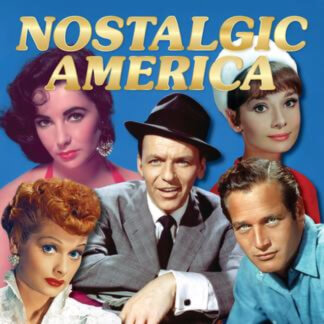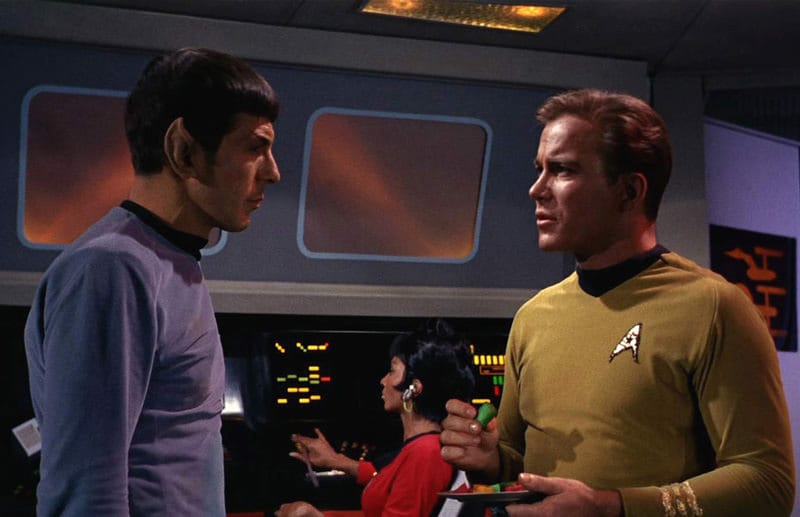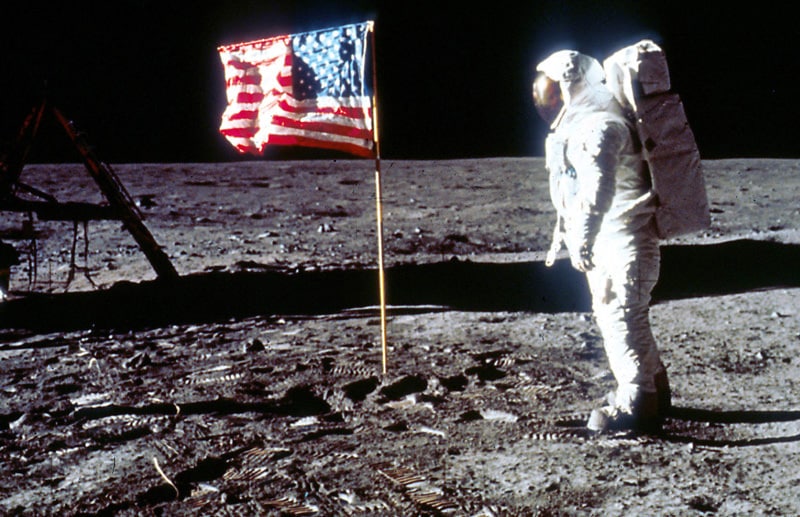October 21, 1975
Today In History
Carlton Fisk hits HR in the 12th inning to force a game 7 in the 1975 World Series
Remember When
Harlem Globetrotters TV Commercial for Vitalis - 1971
Mickey Mantle hits his 500th Home Run as aired on WPIX-TV - May 14, 1967
DID YOU KNOW ? The New York Yankees signed Mickey Mantle to a minor-league contract in 1949, the day he graduated high school. He was paid $400 for the remainder of the season and a $1,100 signing bonus. A Yankee for his entire career, among Mantle's many accomplishments are all-time World Series records for home runs (18), runs scored (42), and runs batted in (40). He once hit a ball left-handed that cleared the right-field roof at Tiger Stadium in Detroit estimated to have traveled 643 feet. In 1956, Mantle won the Triple Crown, leading the majors with a .353 batting average, 52 HR and 130 RBI on the way to his first of three MVP awards.
Stan Musial
Song of the Day
The Highwaymen - Folsom Prison Blues
Arlo Guthrie, Willie Nelson, Neil Young, Kris Kristofferson and many more perform "This Land Is Your Land" - Farm Aid III 1987 in Lincoln, Nebraska
Explore America
Yankee Stadium - A classic ballpark steeped in American tradition
YANKEE STADIUM OPENS TO LARGEST CROWD EVER
The Babe Highlights Game with Mighty Blast
April 18, 1923
The Bronx in New York
An announced crowd of 74,217 including commissioner Kennesaw Landis, NY Governor Al Smith, and Colonel Jacob Ruppert, and the dominant sounds of the music played by the Seventh Regiment band directed by John Philip Sousa highlighted the opening of the first ever “Baseball Stadium”. Babe Ruth’s wish that he would trade in a year of his life if he could hit a home run in his first game here, came true. In the third inning his three run blast soared in to the right field bleachers. Ruth, not fooled by Howard Ehmke’s slow pitch, rounded the bases, removed his cap as he crossed home plate, and waved to the ecstatic assemblage. The Yankees prevailed with strong pitching from “Sailor Bob” Shawkey in their 4 – 1 win over archrival the Boston Red Sox.
Originally named, The Yankee Stadium, it was built in nine months at a cost of $ 2.5 million dollars, the massive ballpark stretched from 157th to 161st and from River St. to Doughty Ave in the Bronx. A copper frieze façade was designed to give it a regal look.
They make beautiful sounds
TV Show of the Day
Classic scenes from Get Smart | Season 5
Maxwell Smart, a.k.a. Agent 86, works for CONTROL, a Washington, D.C.-based counterintelligence agency. Totally inept as a secret agent, Smart can barely use the gadgetry the agency provides him 'including a phone embedded in his shoe'. Nevertheless, he and his fellow agents always seem to thwart the operations of KAOS, an organized crime outfit dedicated to evil. Agent 99 is Smart's smarter partner, a resourceful agent who eventually marries her bumbling cohort. Smart and Agent 99's boss is a man known only as The Chief. Starring Don Adams as Maxwell Smart | Barbara Feldon as Agent 99 | Edward Platt as The Chef.
James Brolin
BILL WALTON DOMINATES THE 1973 NCAA CHAMPIONSHIP GAME
On March 26, 1973, Bill Walton had one of the most memorable single game performances in college basketball history. The UCLA Bruins, coached by the legendary John Wooden, had won 6 consecutive championships, and were going for lucky # 7 in St. Louis, as they faced Memphis State in the 1973 title game. UCLA’s Bill Walton miraculously made 21 out of 22 field goal attempts and led all scorers with 44 points. Walton also grabbed 13 rebounds in the game. His heroics led UCLA to an 87-66 victory, completing an undefeated season. Bill Walton was named the NCAA Tournament’s Most Outstanding Player.
Interview of the Day
Richard Burton: The Interviews | 1965 - 1983
Mrs. Henry Ford Redecorates winter home in Ft. Myers, Florida
Mrs. Henry Ford Redecorates Home in Ft. Myers, Florida
February 28, 1921
Mrs. Henry Ford has summoned the assistance of the staff at Robb & Stucky to redecorate their home in Ft. Myers. Virgil Robb and Harry Stucky, well known in the area for their furniture and buggy emporium were immediately available to fill this order.
The Ford’s very close friends of Thomas Edison, originally came to the area as guests in 1915 , and purchased the house next door the following year. Well-known guests, including Harvey Firestone, naturalist John Burroughs, Nobel Laureate Alexis Carrel, Charles Lindbergh are invited winter guests.
CLASSIC AMERICAN IMAGES
College Football Images

Collectible Editions
You have a choice of three versions of our collectible edition to select from. 52-pages, 100-pages (special oversized edition) and our 104-page version (hard cover). Enjoy your stroll down memory lane!
Learn More »
Looking for More?
Fret not, we've got more! Pick a category below to see what we've got.






Comments